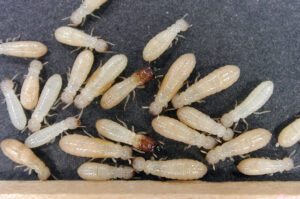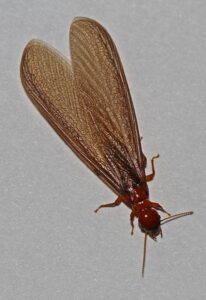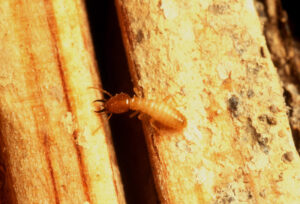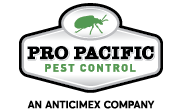Understanding the Threat: Termite Species in California
California is home to three main species of termites: subterranean termites, drywood termites, and dampwood termites. Each species has its own unique characteristics and habits.
They might be different from one another, but one thing they share in common is that they love to munch on wood. As long as you have wood at home, whether it’s your furniture in the kitchen or your bench in the garden, you’re not entirely safe from termite infestation, unless you use methods to keep them away.
Here are the termites found in California to help you understand these termites better and how they can cause damage to your home:
1. Subterranean termites

Subterranean termites
These are the most common and destructive termite species in California. The western subterranean termites, in particular, are found in various regions of California. They live in underground colonies containing millions of individuals and build mud tubes to access food sources above ground. Wood is their main source of food feed, thereby causing significant damage to structures. If you see mud tubes, there’s a huge chance that your property has a subterranean termite infestation.
2. Drywood termites

Drywood termite
Although they are less common than subterranean termites, drywood termites can still cause significant damage to your property. They are prevalent in coastal and southern parts of California. Drywood termites do not require contact with soil, unlike subterranean termites. They nest in dry, untreated wood, such as lumber, furniture, and firewood, and produce fecal pellets that can accumulate beneath infested wood. Drywood termites are often found in older homes and structures that have not been properly treated for termites.
3. Dampwood termites

Dampwood termite
These are the least common species of termites in California. Dampwood termites are usually found in areas with high humidity, such as coastal regions and mountainous areas. Compared to drywood termites, dampwood termites require moist, decaying wood to survive. They have larger colonies compared to drywood termites.
What’s the difference between termite species in California?
Here’s a side-by-side comparison of termite species in California:
|
Subterranean termites |
Drywood termites | Dampwood termites | |
|
Nesting location |
Underground |
Drywood |
Moist, decaying wood |
|
Food source |
Wood |
Wood |
Wood |
|
Size |
Smallest |
Medium |
Largest |
|
Color |
Light brown to black |
Light brown to black |
Dark brown to black |
| Signs of infestation | Mud tubes, swarmers | Frass, swarmers |
Winged termites, blisters in wood |
Seek Help from Termite Control Expert
If you suspect that you have termites in your home, it is important to contact a professional pest control company for an inspection. Early detection and treatment can help to prevent extensive damage to your home.
Pro Pacific Pest Control can help you eliminate or prevent termites through our QualityPro-certified termite control treatments. Learn more about our Termite Control Service in San Bernardino, Los Angeles, San Diego, Riverside, and Orange County.
Call us at 800-901-1102 to schedule a FREE termite inspection/estimate.



